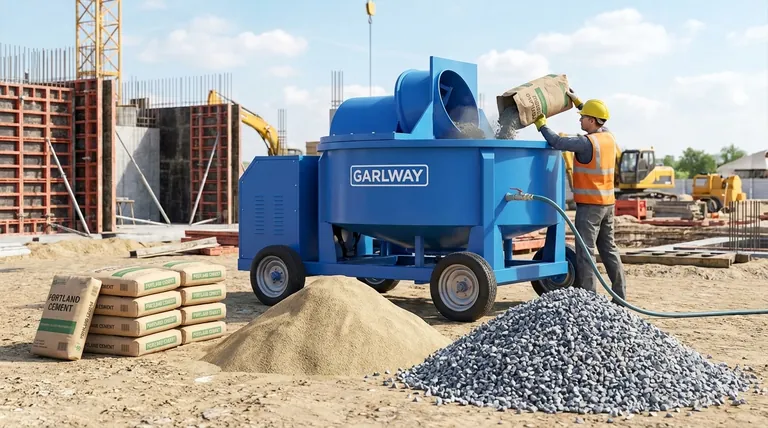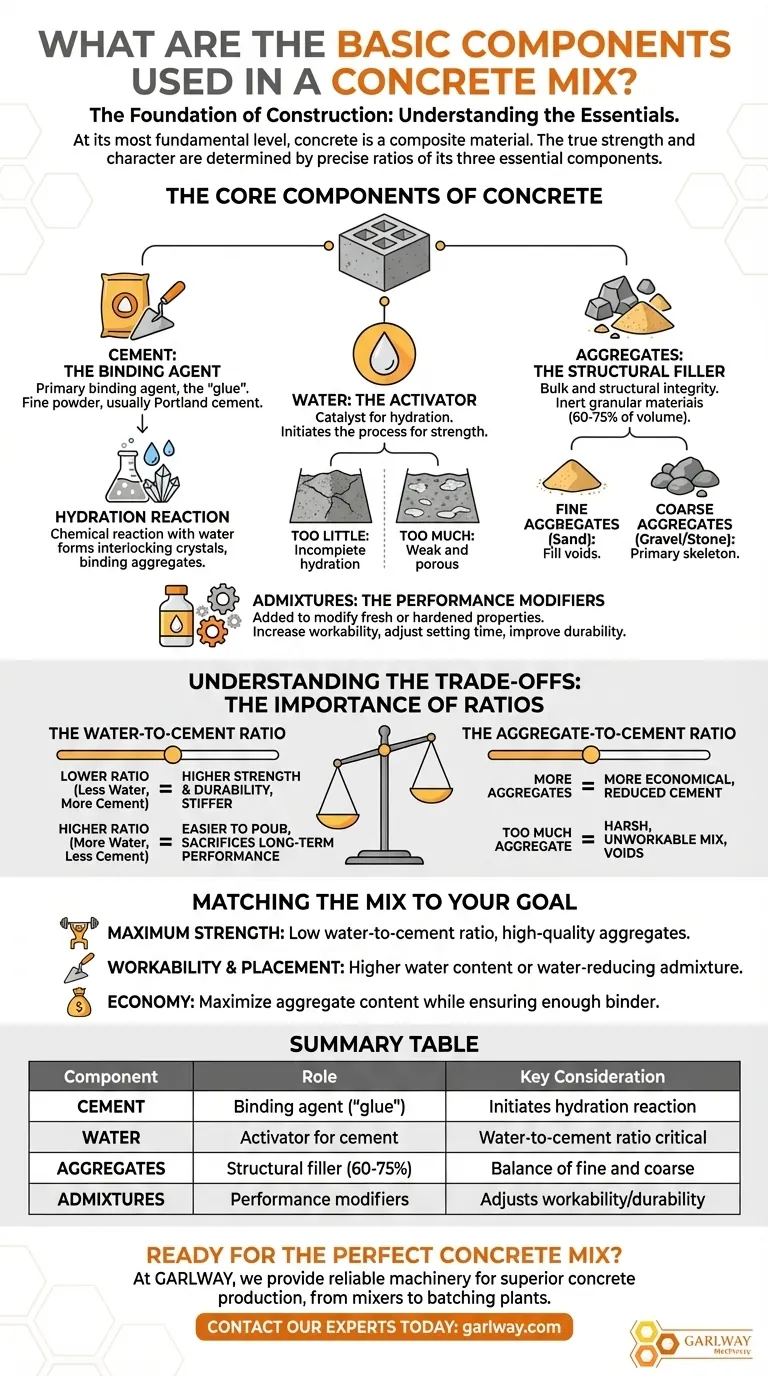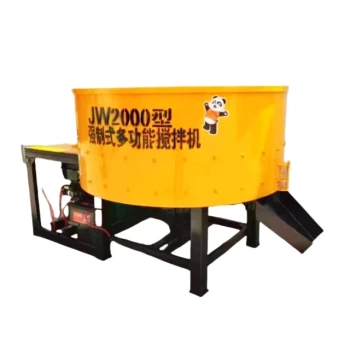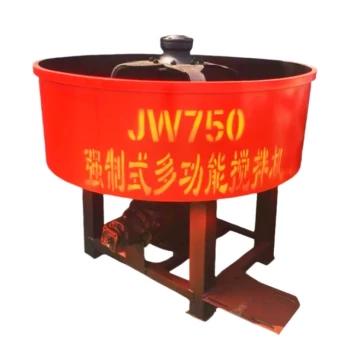At its most fundamental level, concrete is a composite material made from three essential components: cement, aggregates, and water. When combined, these ingredients form a paste that hardens over time into the durable, rock-like substance used in construction worldwide.
The true strength and character of concrete are not determined by the components themselves, but by their precise ratios. Understanding the role of each ingredient is the first step toward controlling the performance of the final product.

The Core Components of Concrete
Each ingredient in a concrete mix has a distinct and critical function. Think of it as a recipe where every component must be present in the right proportion to achieve the desired result.
Cement: The Binding Agent
Portland cement is the most common type used in concrete. It is a fine powder that acts as the primary binding agent, the "glue" that holds everything together.
When mixed with water, cement undergoes a chemical reaction called hydration. This reaction forms crystals that grow and interlock, binding the aggregates into a solid mass.
Water: The Activator
Water is the catalyst for the entire process. It is required to initiate the hydration of the cement, which gives concrete its strength.
The amount of water is critical. Too little, and the hydration reaction will be incomplete. Too much, and the resulting concrete will be weak and porous.
Aggregates: The Structural Filler
Aggregates provide the bulk and structural integrity of the concrete. They are inert granular materials that typically make up 60% to 75% of the total volume.
Aggregates are generally divided into two categories:
- Fine aggregates, such as sand, fill the small voids between larger particles.
- Coarse aggregates, like gravel or crushed stone, form the primary structural skeleton of the concrete.
Admixtures: The Performance Modifiers
While not a "basic" component in the strictest sense, chemical admixtures are used in nearly all modern concrete. These are ingredients added before or during mixing to modify the properties of the fresh or hardened concrete.
Common admixtures can increase workability, accelerate or retard setting time, reduce water requirements, or improve durability.
Understanding the Trade-offs: The Importance of Ratios
The performance of concrete is a direct result of the balance between its components. Altering these ratios creates significant trade-offs in strength, workability, and cost.
The Water-to-Cement Ratio
This is the single most important factor determining the strength and durability of concrete. It is the ratio of the weight of water to the weight of cement in the mix.
A lower water-to-cement ratio leads to higher strength and better durability but makes the concrete stiffer and harder to work with. A higher ratio makes it easier to pour but sacrifices long-term performance.
The Aggregate-to-Cement Ratio
This ratio affects the workability and cost of the mix. Using more aggregates reduces the amount of expensive cement required, making the concrete more economical.
However, adding too much aggregate relative to the cement paste can result in a harsh, unworkable mix with insufficient binder to coat all the particles, creating voids and weak points.
Matching the Mix to Your Goal
Choosing the right mix design depends entirely on the intended application.
- If your primary focus is maximum strength: Prioritize a low water-to-cement ratio and use high-quality, well-graded aggregates.
- If your primary focus is workability and placement: You may need a slightly higher water content or the use of a water-reducing admixture to ensure the concrete can fill forms properly.
- If your primary focus is economy: Maximize the aggregate content while ensuring there is still enough cement paste to produce a cohesive and durable final product.
By understanding these fundamental components and their interplay, you can effectively specify and control the outcome of your concrete work.
Summary Table:
| Component | Role in Concrete Mix | Key Consideration |
|---|---|---|
| Cement | Binding agent ("glue") | Initiates hydration reaction |
| Water | Activator for cement | Water-to-cement ratio is critical for strength |
| Aggregates | Structural filler (60-75% of volume) | Balance of fine (sand) and coarse (gravel) |
| Admixtures | Performance modifiers (optional) | Adjust workability, setting time, or durability |
Ready to ensure your next project has the perfect concrete mix? At GARLWAY, we specialize in providing construction companies and contractors with the reliable machinery needed for superior concrete production. From durable concrete mixers to efficient batching plants, our equipment is engineered to help you achieve consistent quality and maximize on-site productivity. Contact our experts today to discuss how our solutions can support your specific project requirements.
Visual Guide

Related Products
- Ready Mixer Machine for Construction Ready Mix Machinery
- Commercial Construction Mixer Machine for Soil Cement Mixing Concrete
- Auto Concrete Cement Mixer Machine New
- HZS90 Large Multiquip Concrete Mixers for Construction
- JDC350 Small Cement Concrete Mortar Mixer
People Also Ask
- What should be considered regarding the output of a concrete mixer? Match Capacity to Your Project Scale
- Can a concrete mixer be used for mortar? Understanding the trade-offs for your project
- What is the function of a concrete mixer machine? Achieve Consistent, High-Quality Concrete for Your Projects
- Why is the manufacturer's strength and service important when choosing a concrete mixer? Ensure Long-Term Project Success
- What safety considerations are important for concrete mixer operation? A Guide to Proactive Risk Management



















